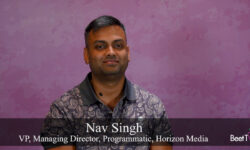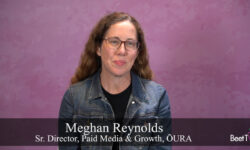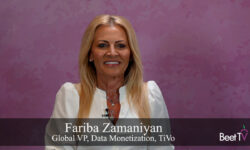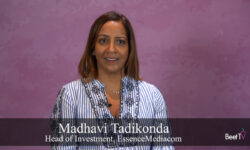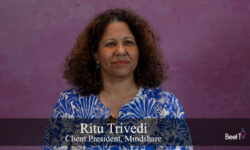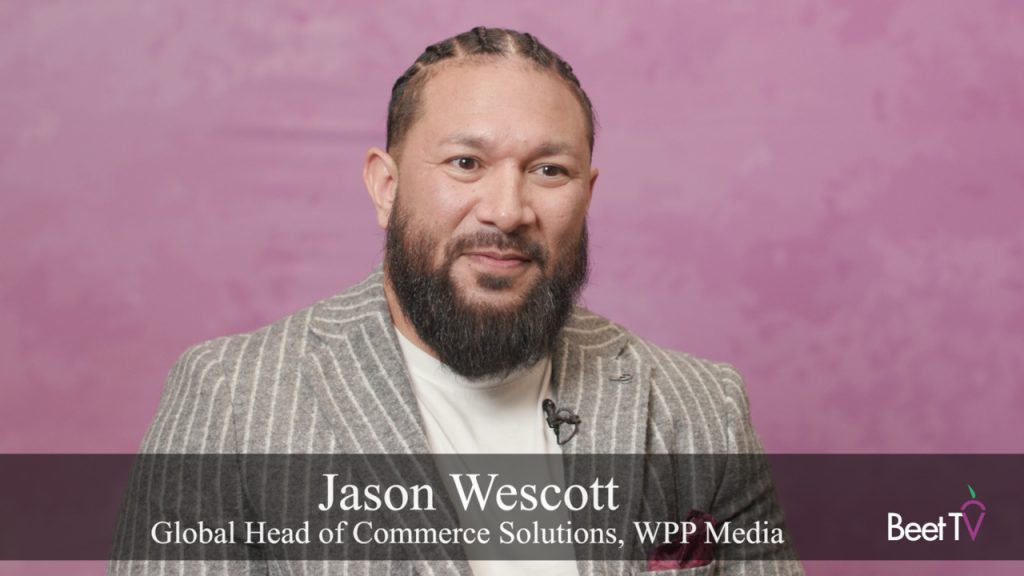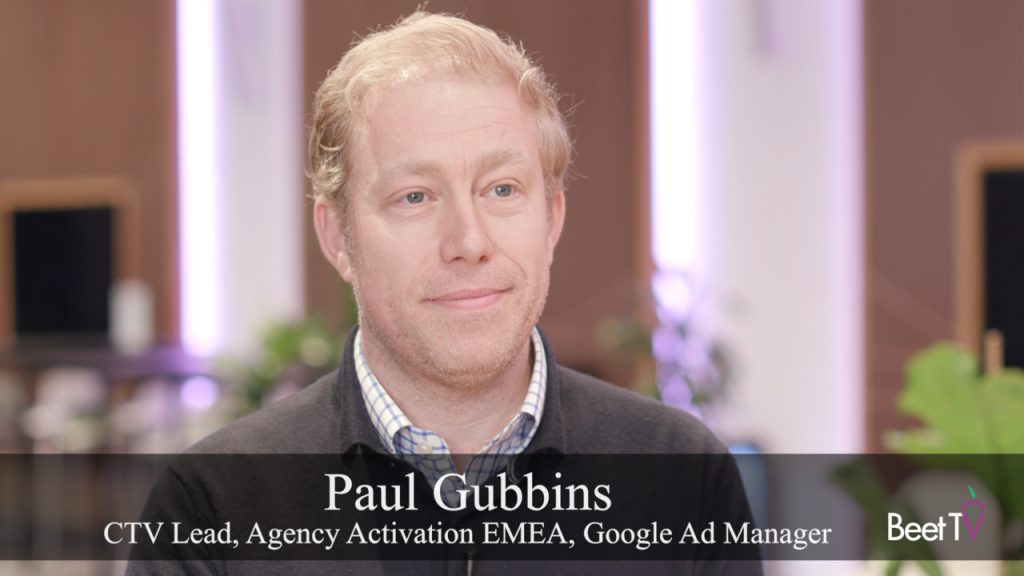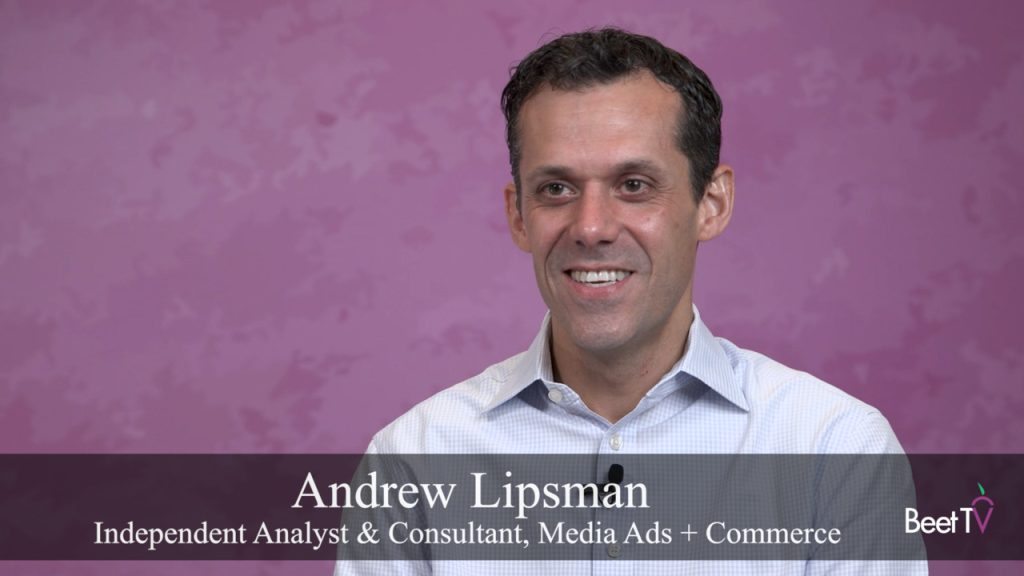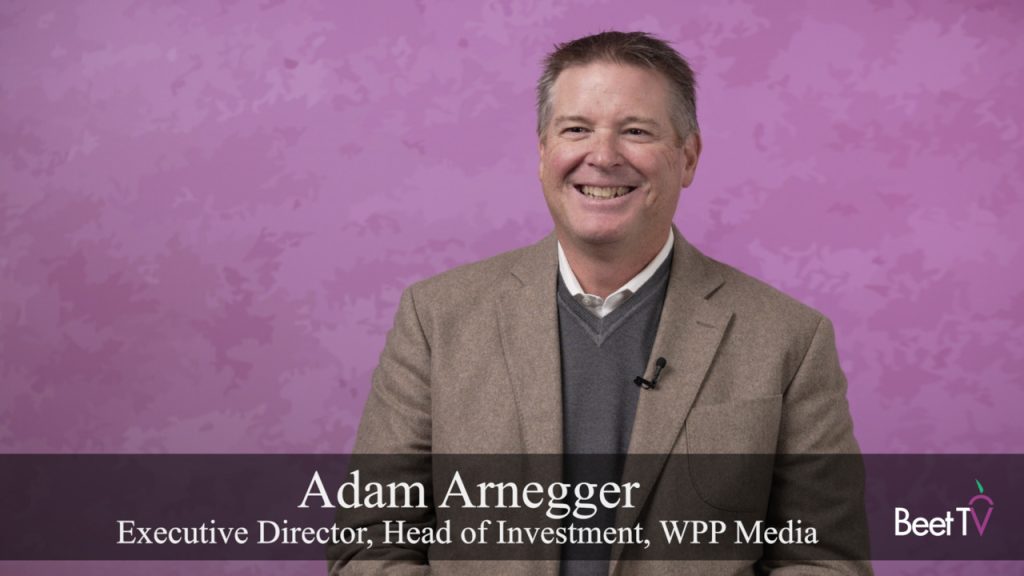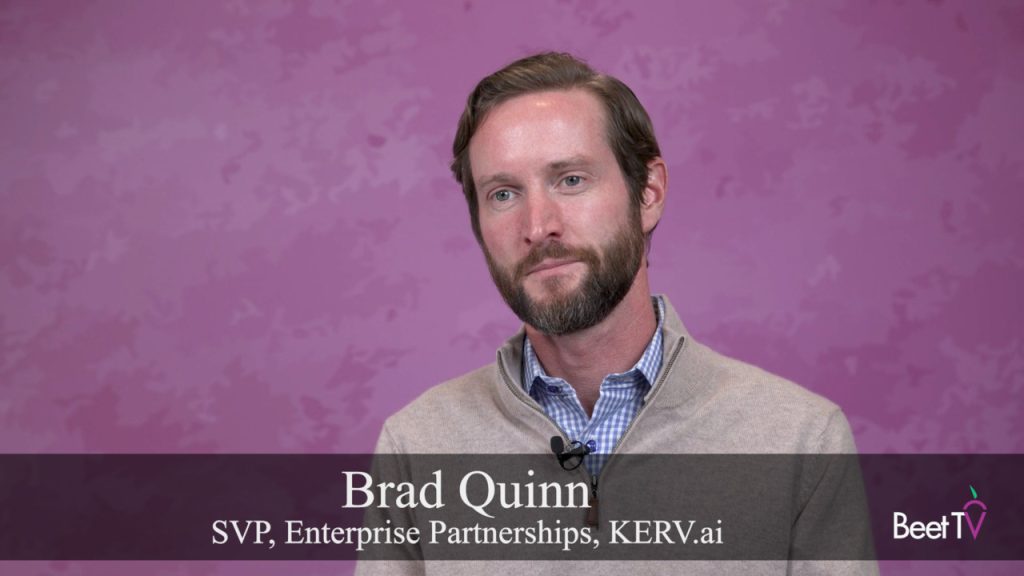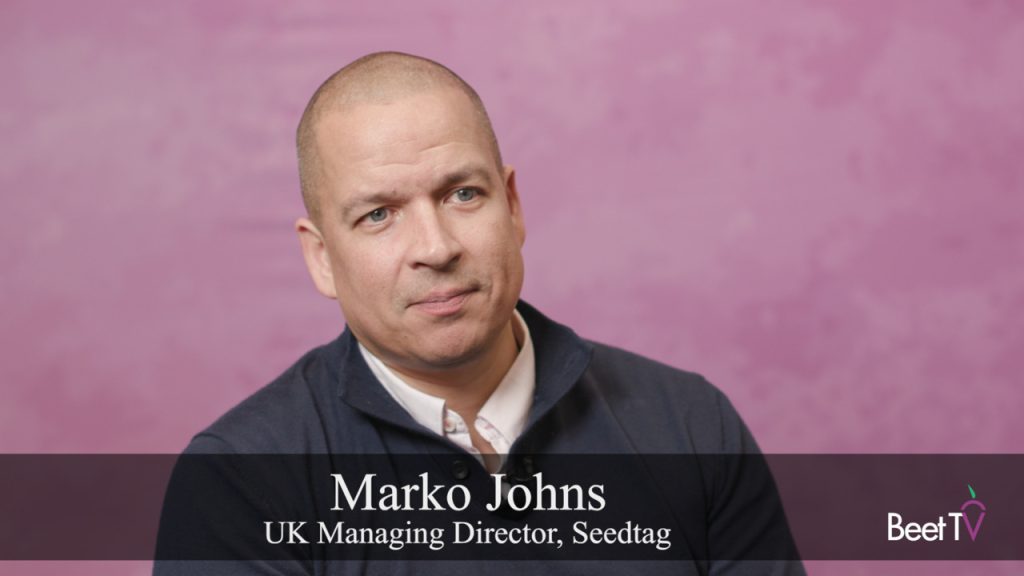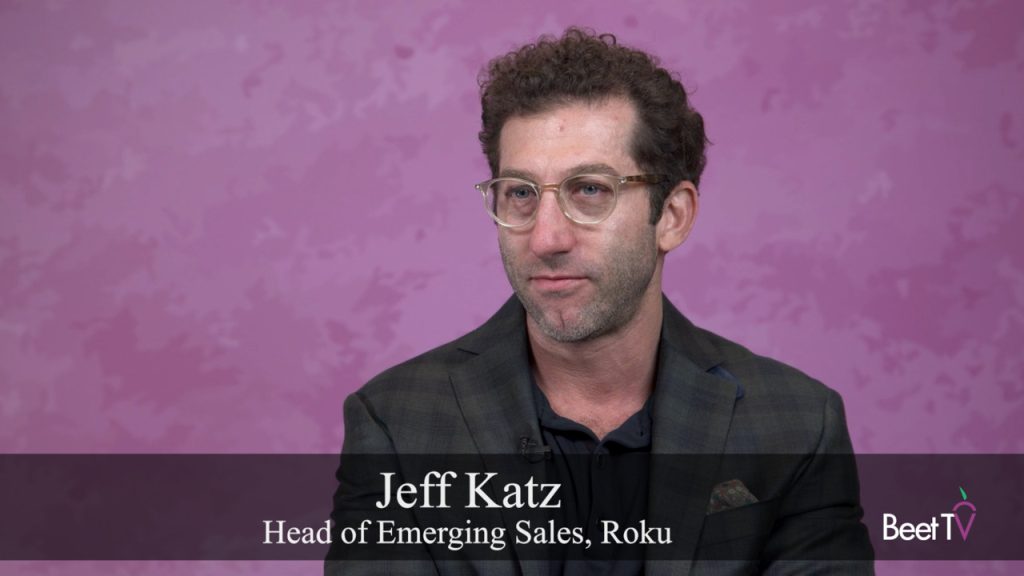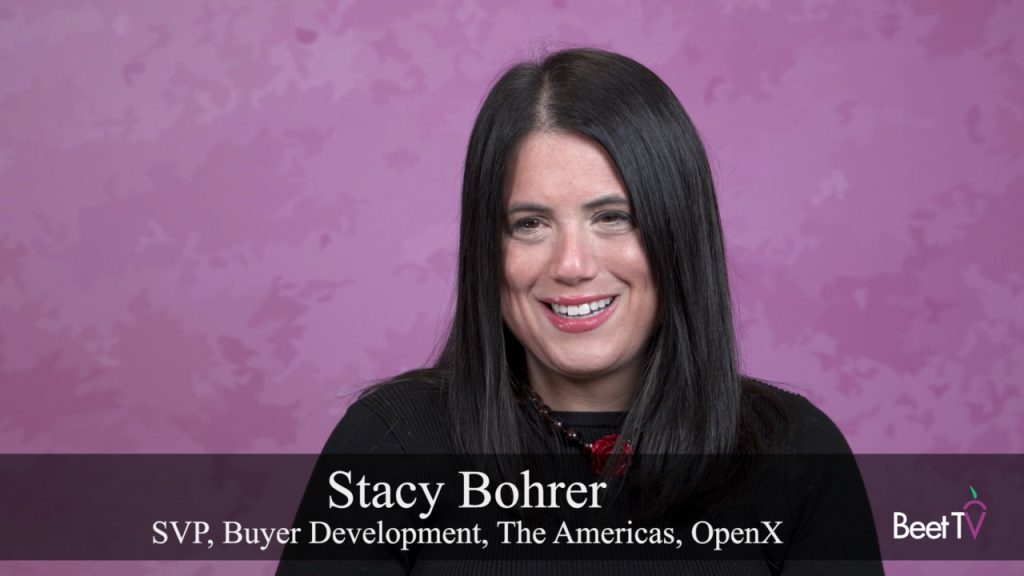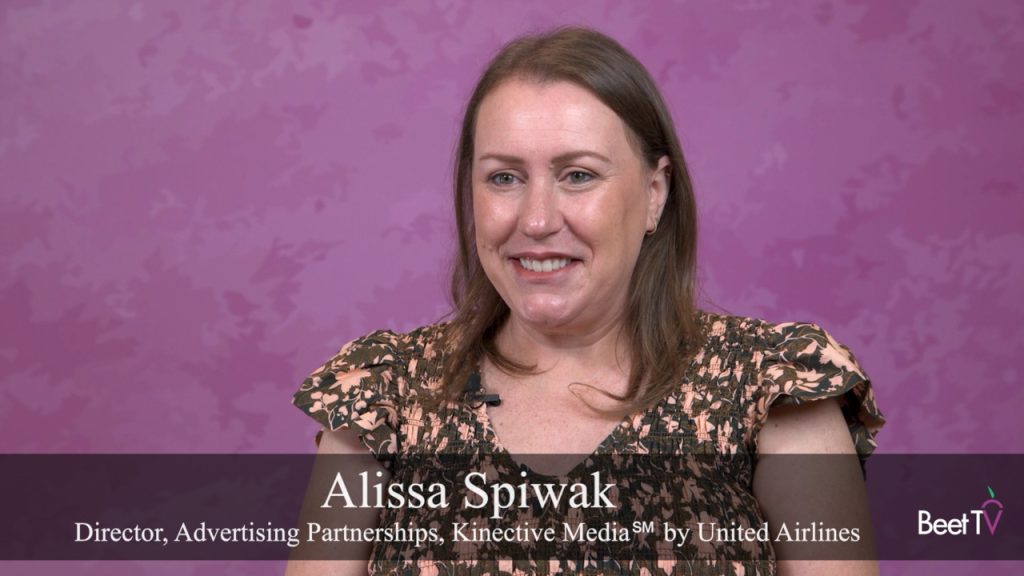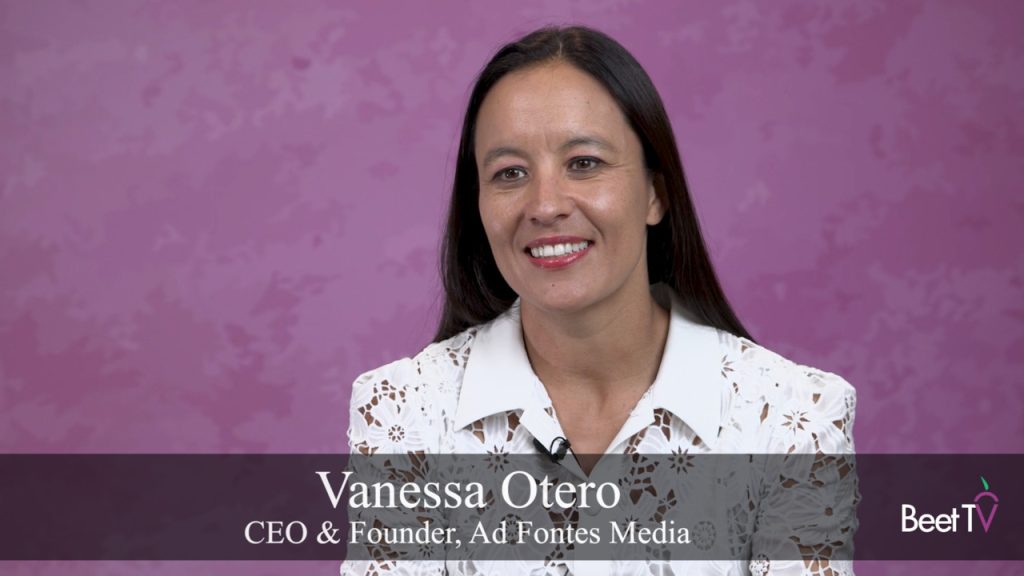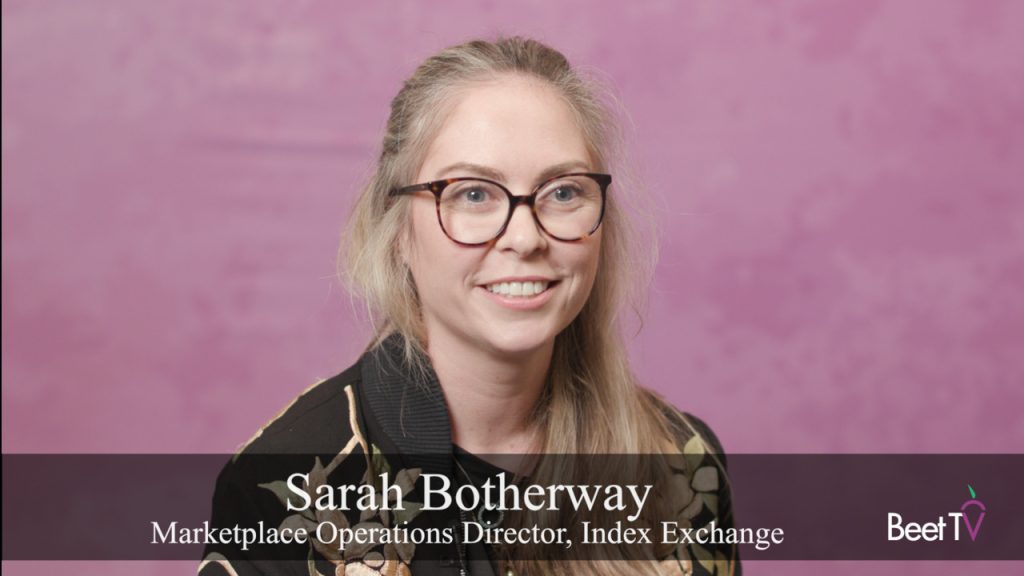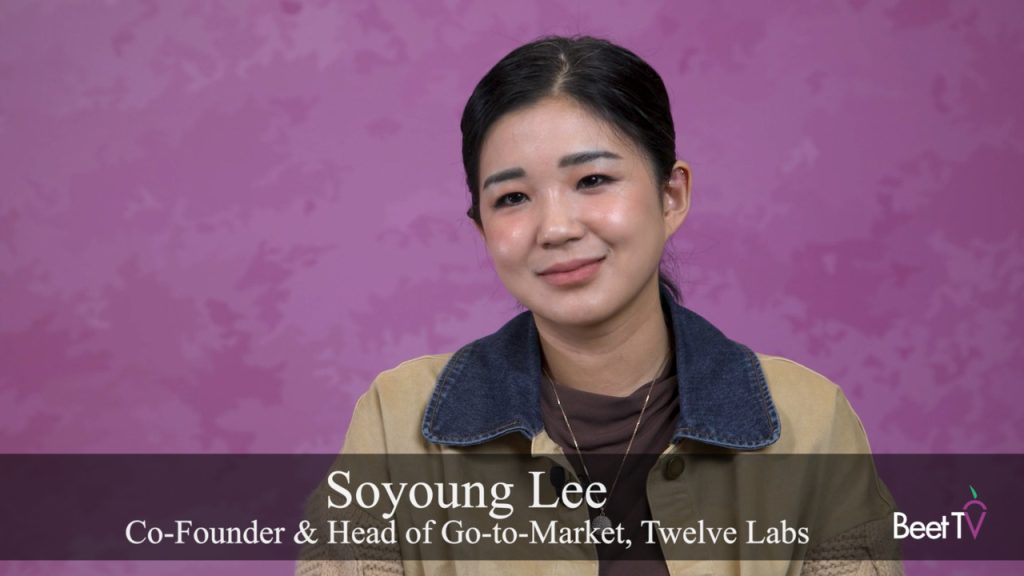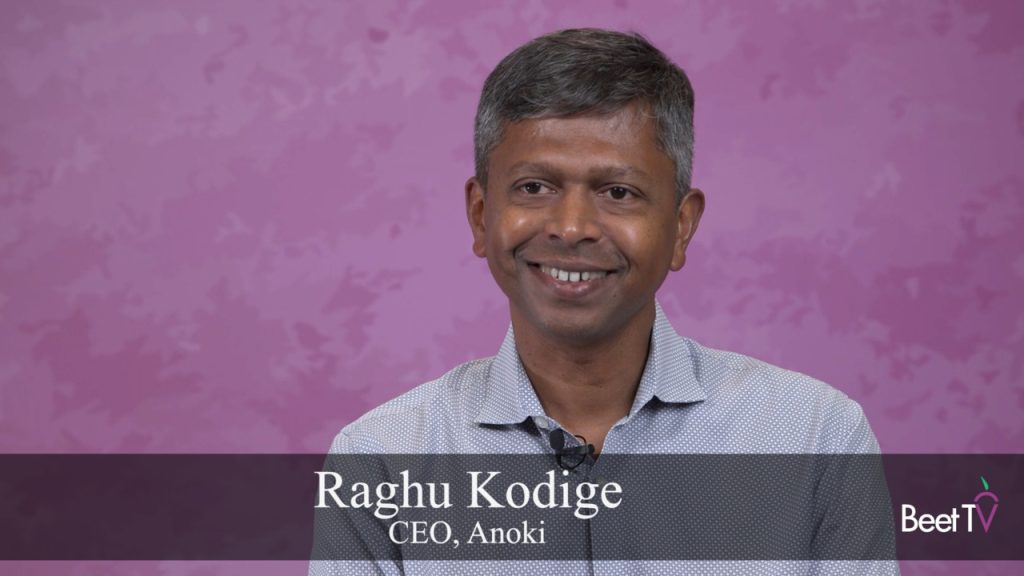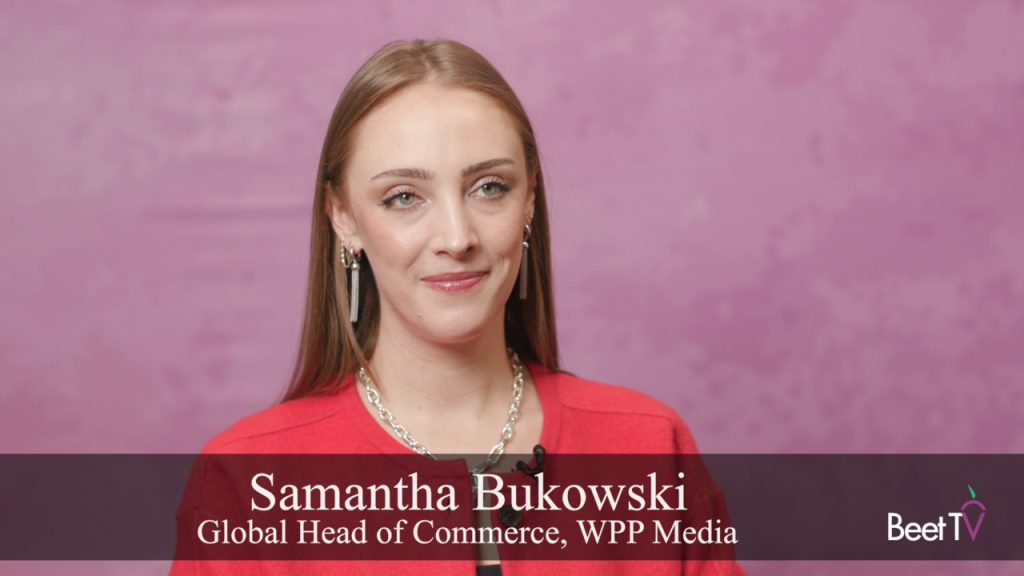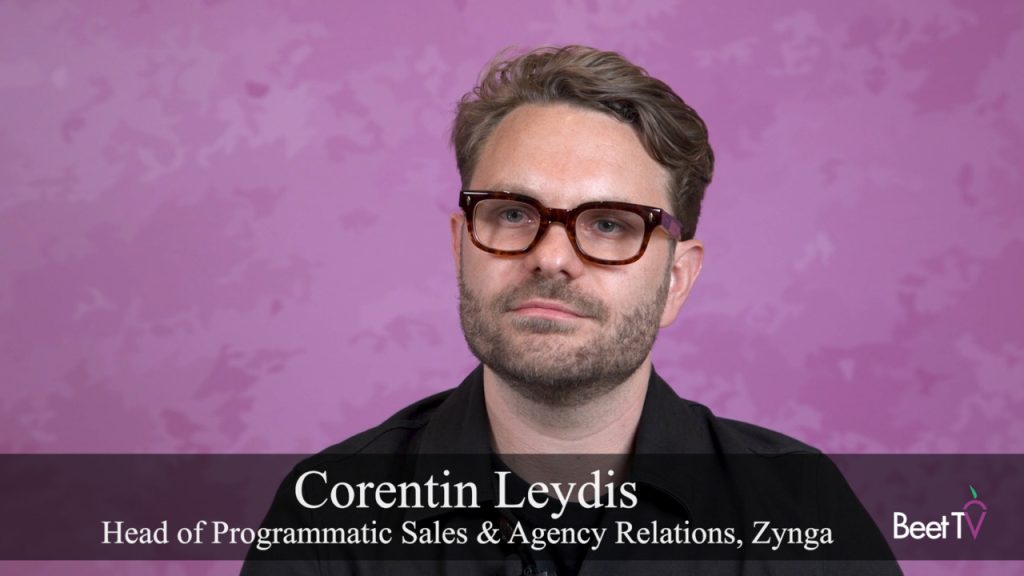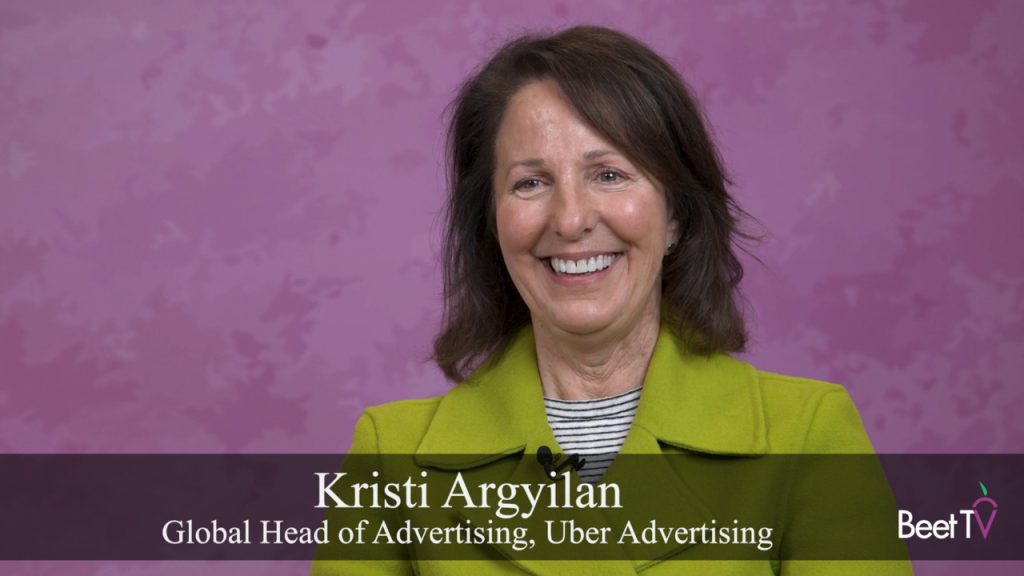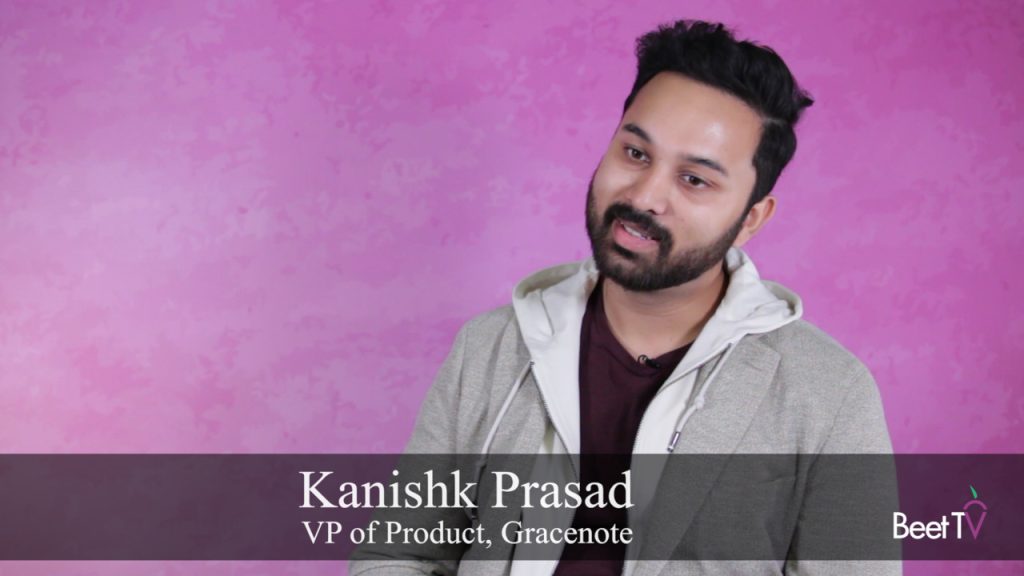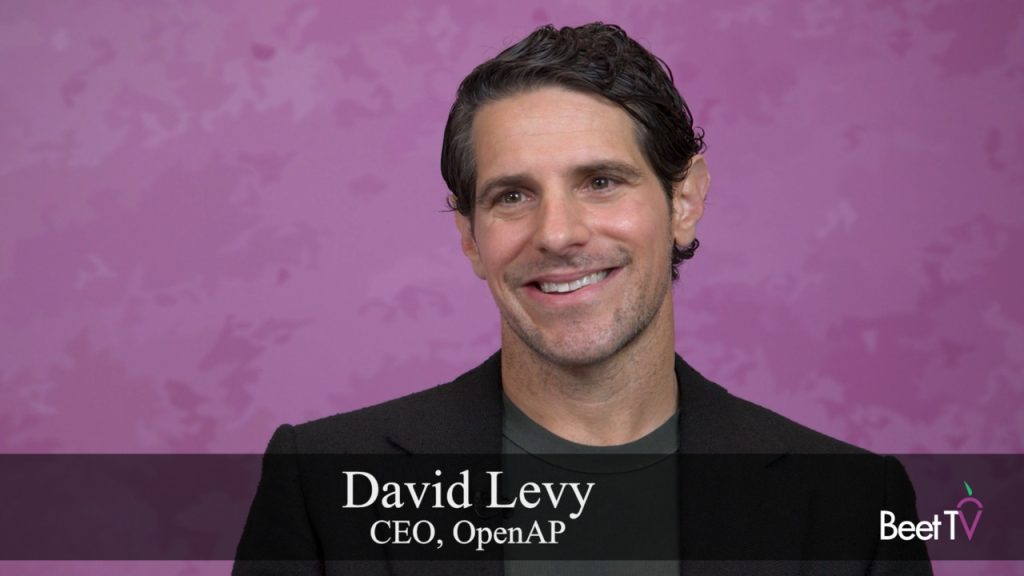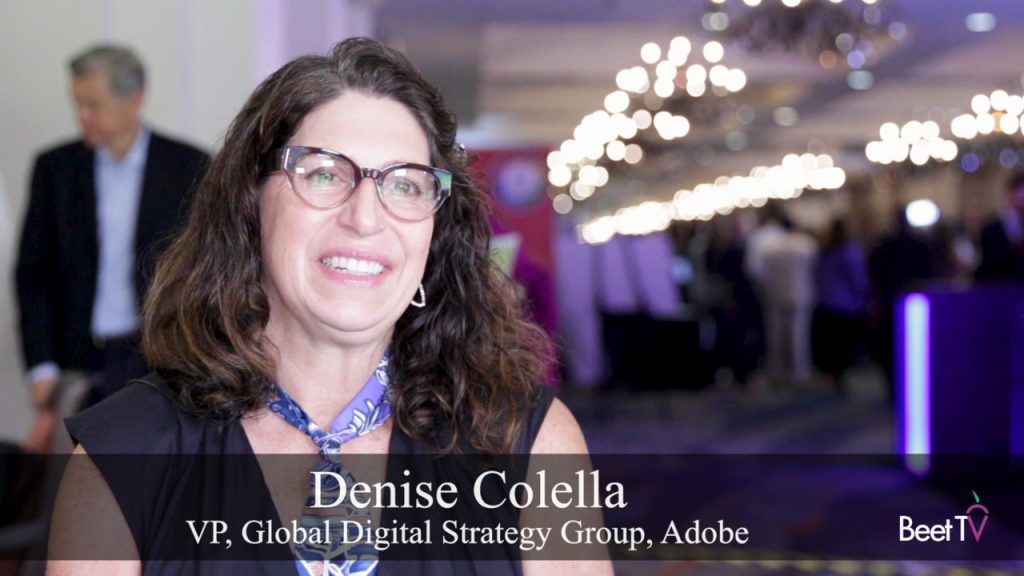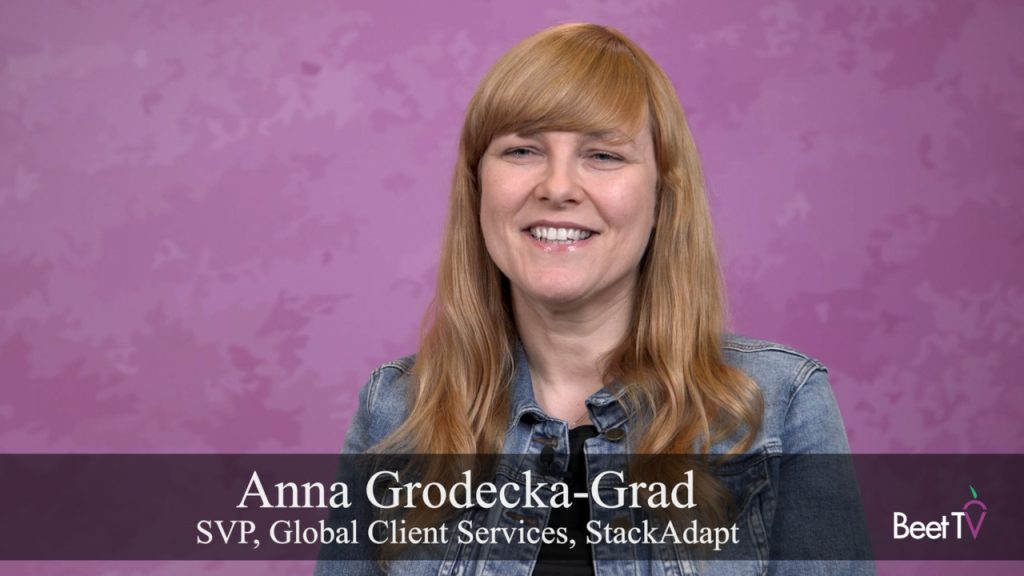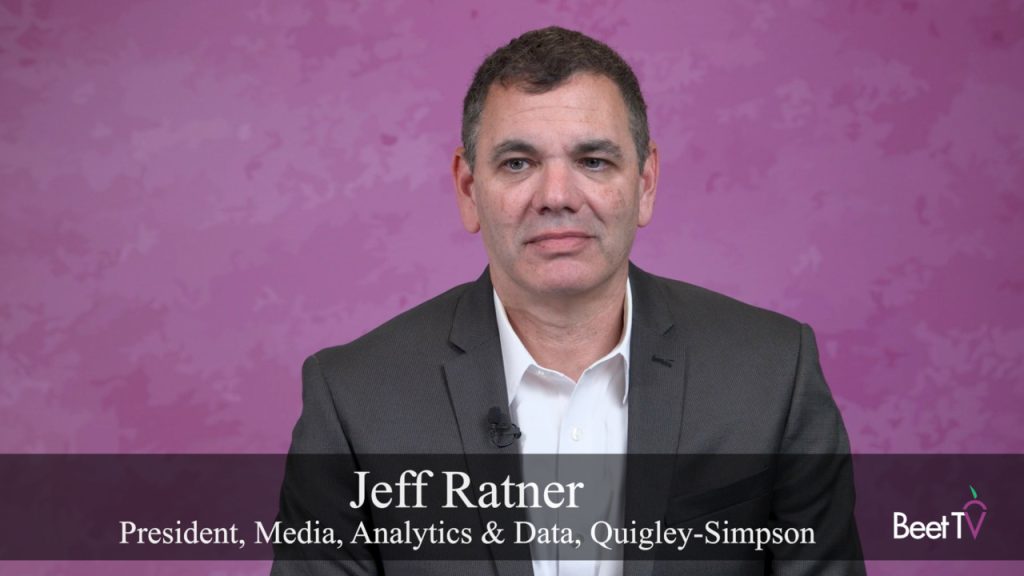SAN JUAN, PR — The traditional divide between national and local marketing strategies is outdated and ineffective in today’s complex media landscape, according to Diana Bernstein, Managing Partner, Partnerships at Havas Media Network.
“What we’ve been doing at Havas is rethinking local marketing within community marketing,” Bernstein told Beet.TV’s David Kaplan at the Beet Retreat San Juan.“Right now, when you’re looking to target, there’s a national plan, a local plan, and why is a local plan sitting on the side?”
Beyond Geo
Bernstein wants to challenge the conventional view of local marketing as simply geographic targeting across a designated market area (DMA). This approach, she argues, misses the nuanced differences between communities even within close proximity.
“I just recently moved four miles from where I’ve been living for the last 15 years,” she said. “I’m still in a beach community… [But] the community itself is very different. You can tell the difference in passion. You can tell the differences between the people and [what] things that are important to them.”
Zeroing in on those minute differences among even similar audiences underlies Havas’s approach to move beyond simple geographic parameters to understand communities at a deeper level.
“When you get past just the geographic location and you’re truly looking at it at a street level, you still have that human expertise of all the folks who understand local and the importance,” Bernstein said. “But when you can layer in that technology and where we are now to get deeper… to understand at a street level, the audience is there and the people and what’s important to them, be able to talk authentically.”
Tapping into community connections
The power of community marketing lies in its ability to leverage authentic connections between people, similar to word-of-mouth recommendations.
“Think about social media and the importance of social media, and ultimately social media becomes word of mouth,” Bernstein noted. “When you’re thinking about within a community and people who truly engage with one another and are talking to each other, the power to be able to have that word of mouth by tapping into authentically talk to somebody instead of just making it in terms of a little bit broader.”
Identifying growth opportunities
Implementing a community-focused approach demands more sophisticated planning and strategy tools to uncover where the growth potential is within these narrow audience profiles.
“We’ve advanced all of our planning tools. Obviously this starts within strategy. It starts within your planning tools,” Bernstein said. “It’s about adding in another layer of folks that we might not be reaching and talking to.”
This process involves mapping audiences more precisely and understanding the micro-cultures that influence consumer behavior.
“Being able to dive into those micro-cultures again, continue to understand a little bit more and more about what they’re passionate about,” she said. “The United States is a very diverse country and there’s many different passion points. There’s many different languages… look at the power of local sports and you see the passion that people have behind that.”
How Brands Should Adapt
For brands looking to embrace community marketing, Bernstein recommends integrating local insights with the advanced targeting capabilities now available through data and technology.
“We have all the power of the data, the technology, the targeting — why is that sitting separate from the local conversation?” Bernstein said. “If you’re on a national scale of understanding, you might not think local is important, but getting that messaging in more of a targeting way… can continue to promote and find you those new audiences that you might not be tapping into.”
The goal is to move beyond generic assumptions based solely on location to create more authentic connections.
“It’s not just that generalized, ‘Oh, you live in this geographic location, so you must love this,'” Bernstein said. “Brands are looking for those meaningful connections and the way to truly speak to people in a way that’s going to engage and resonate with them.”
AI Enhancement
Artificial intelligence, as with everything in advertising and media, can also be brought to bear in advancing community marketing strategies.
“It’s allowing us to get smarter,” Bernstein said of AI’s use as an analytics tool. “It’s allowing us to decision quicker. It’s allowing the planning tool to be a stronger element. When we’re talking about speaking to people in authentic ways, think about the creative and [all other elements] that AI can do in delivering contextual targeting and measurement. [With] community marketing, we really think we’re going to be able to push brands to the next level.”
You’re watching coverage from Beet Retreat San Juan 2025, presented by Cognitiv, Index Exchange & TransUnion. For more videos from this series, please visit this page.









